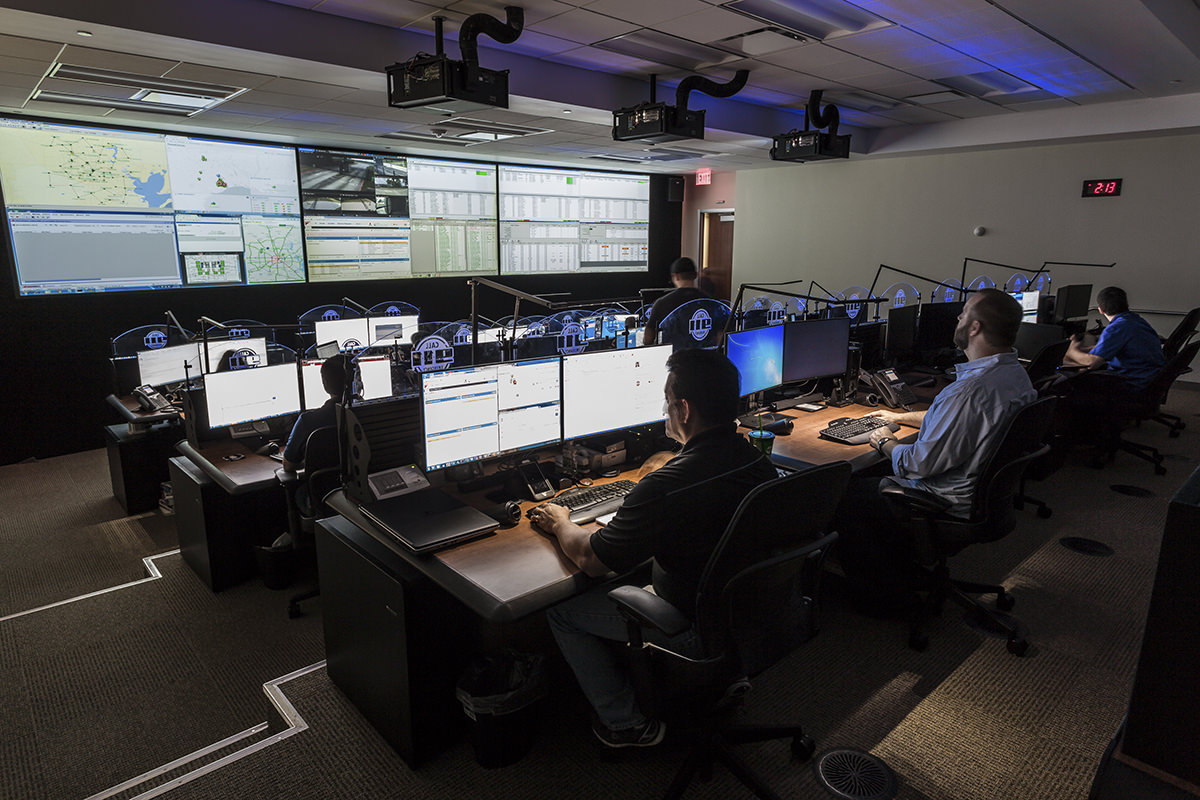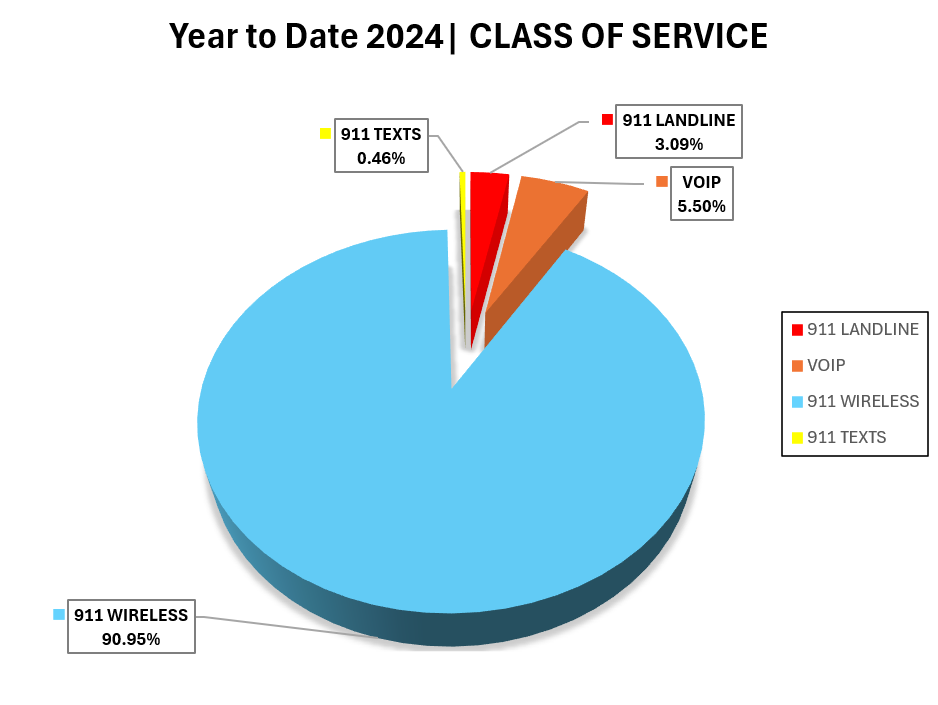Established in November, 1983, GHC 9-1-1 is a separate governmental entity (a “body politic,” Chapter 772B, Texas Health and Safety Code). We are responsible for administering the 9-1-1 emergency communications and technology infrastructure for cities in and around Harris and Fort Bend Counties and some surrounding areas.
What We Do
Our mission is to ensure that anyone, at any time, using any device shall be able to reach emergency services. We strive to provide the most reliable, accurate, technologically advanced, and effective 9-1-1 system for our community.
-
Our services include
- Deliver 9-1-1 emergency calls and location information to the emergency 9-1-1 call centers so they can dispatch emergency assistance and location information to (police, fire, or medical).
- Provide and support the most advanced 9-1-1 technology
- Manage redundant data centers
- Maintain database and geographic information systems (GIS)
- Provide 24/7 support of 9-1-1 systems
- Share network infrastructure resources with various 9-1-1 entities to improve emergency communications
- Monitor related legislation
- Disseminate education to promote appropriate use of 9-1-1
- Provide training to emergency telecommunicators, supervisors and trainers
- Coordinate with jurisdictions, public safety agencies, and multiple wireline and wireless providers
- Participate and collaborate with industry associations, industry partners and more.

24/7 GHC 9-1-1 Network Operations Center
Facts about GHC 9-1-1

49 cities and 2 urban counties – Harris County & Fort Bend that covers 2,700 sq. miles
%20(5).png)
There are 37 emergency call centers with over 1,200 call takers

Over 4 million text & voice calls per year (91% wireless phones)
.jpg)
A population of approximately 5.8 million people (20 % of TX population)
.jpg)
Over 100 telephone and wireless companies
.jpg)
1st major metro area to implement text to 9-1-1
History
In 1982, Commissioner Tom Bass was named by the Harris County Commissioners Court as its official representative in the 9-1-1 effort. During that same year, the City of Houston City Council task force recommended the creation of a special district for operation of 9-1-1 service for Harris County, with the placement of a service fee on the phone bills of telephone subscribers to fund the system. Lavergne Schwender of the County Attorney’s Office was principal author of the legislation and was later appointed as GHC 9-1-1’s Legal Counsel under an interlocal agreement with the County Attorney’s Office.
The 9-1-1 Emergency Number Act (Chapter 772, Health and Safety Code) passed the Senate on March 30, 1983, and passed the House on April 27, 1983. It was signed into law by Governor Mark White on May 10, 1983.
The Greater Harris County 9-1-1 Emergency Network was established in November, 1983, with the passage of enabling legislation and a voter referendum throughout the Harris County area. The voter referendum—to establish a communication district and assess a fee to fund the 9-1-1 service—passed throughout the Harris County area by a vote of 82.5% in favor.
The 9-1-1 system was officially cut-over by GHC 9-1-1 on January 26, 1986. The cities in Fort Bend officially became part of the GHC 9-1-1 Network effective September 1, 2005.
-
Accomplishments
- Built and maintain redundant tier 4 data centers to house mission critical data systems and operations.
- Developed a backup mobile contingency call center setup that can be mobilized almost anywhere in little time. The mobile contingency units can handle 9-1-1 calls if any call center is unable to accept calls.
- Implemented a cost sharing program to share network infrastructure resources with various 9-1-1 entities throughout Texas to improve emergency communications and efficiency.
- Implementation of text-to-9-1-1 service for GHC 9-1-1 territory.
- Provided Emergency Profile sign up service for residents to register information about their home and family that could be valuable during a 9-1-1 call.
- Created a Network Operations Center (NOC) that provides first tier support for all 9-1-1 systems within the GHC9-1-1 area. Highly skilled and certified 9-1-1 technical specialists monitor and support every facet of equipment functionality.
- Built state-of-the-art lab facilities for testing of newest technologies.
- Transitioned to a self-managed 9-1-1 database system to have greater control and the ability to process data faster than ever before.
- Implemented the Emergency Notification system which is available to all jurisdictions within the GHC 9-1-1 territory—allowing them the capability of placing voice and text calls to notify residents of local emergencies.
- Upgraded its existing IP network to advanced multipath architecture which includes a diverse wireless and wireline path for optimal redundancy in its public safety network.
- Partnered with Harris County and the City of Houston to provide and manage advanced shared Microwave network to transport critical multi-agency public safety data.
Approximately 4.1 million voice & text calls per year –
90.95% wireless phones
